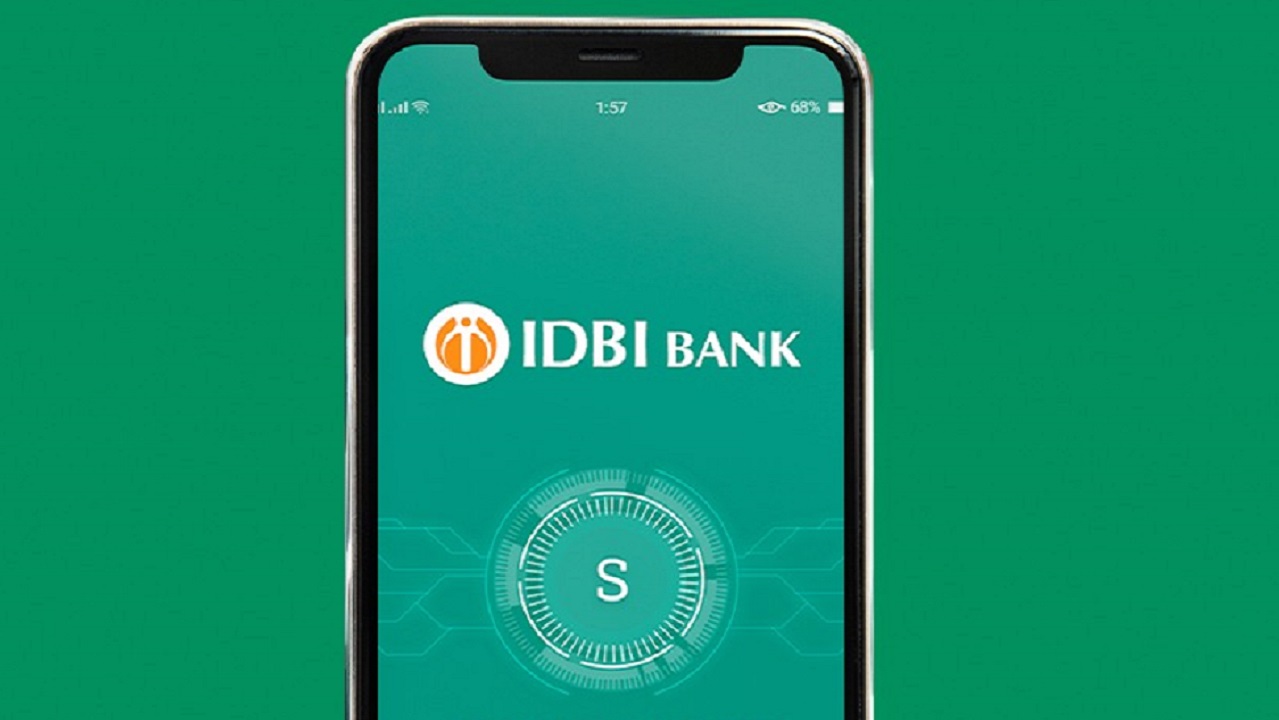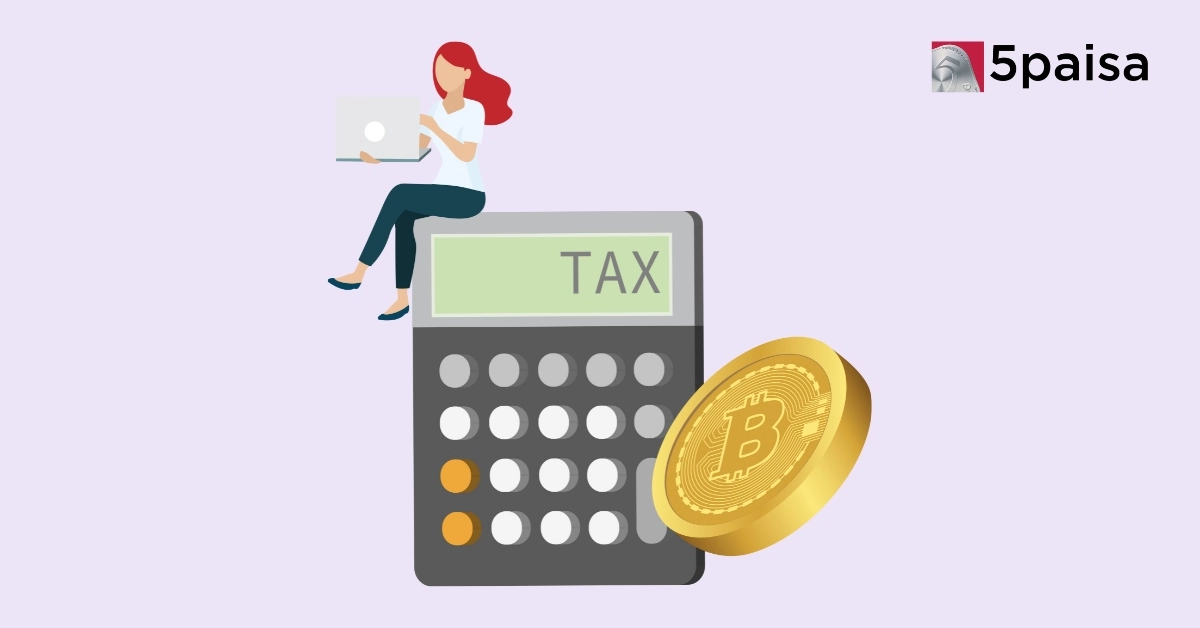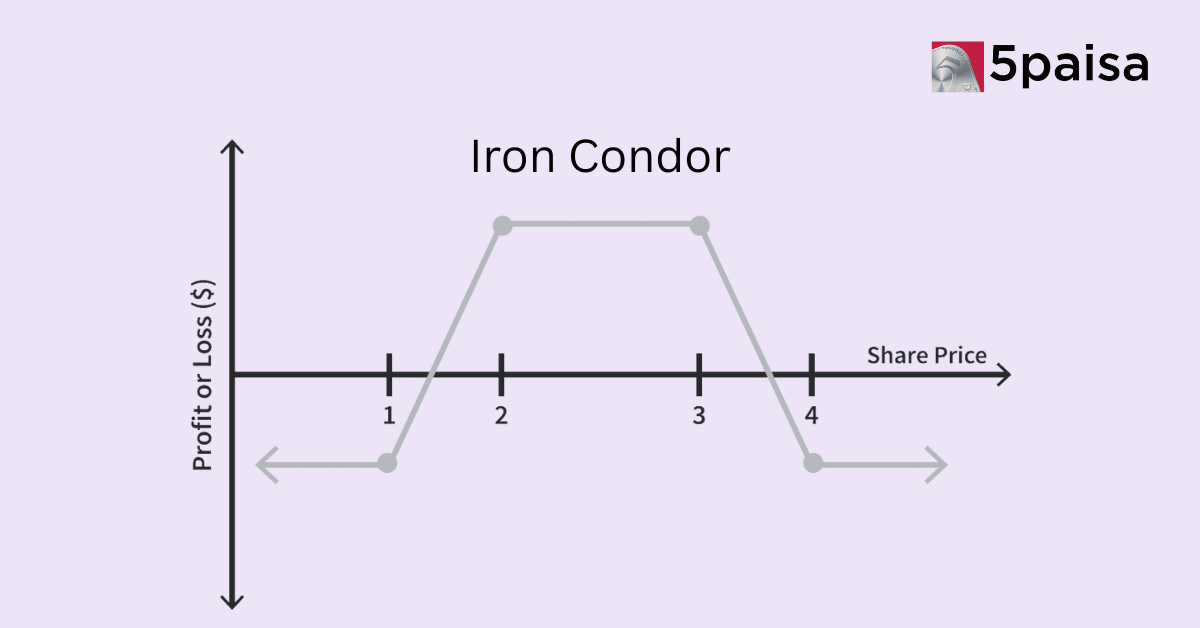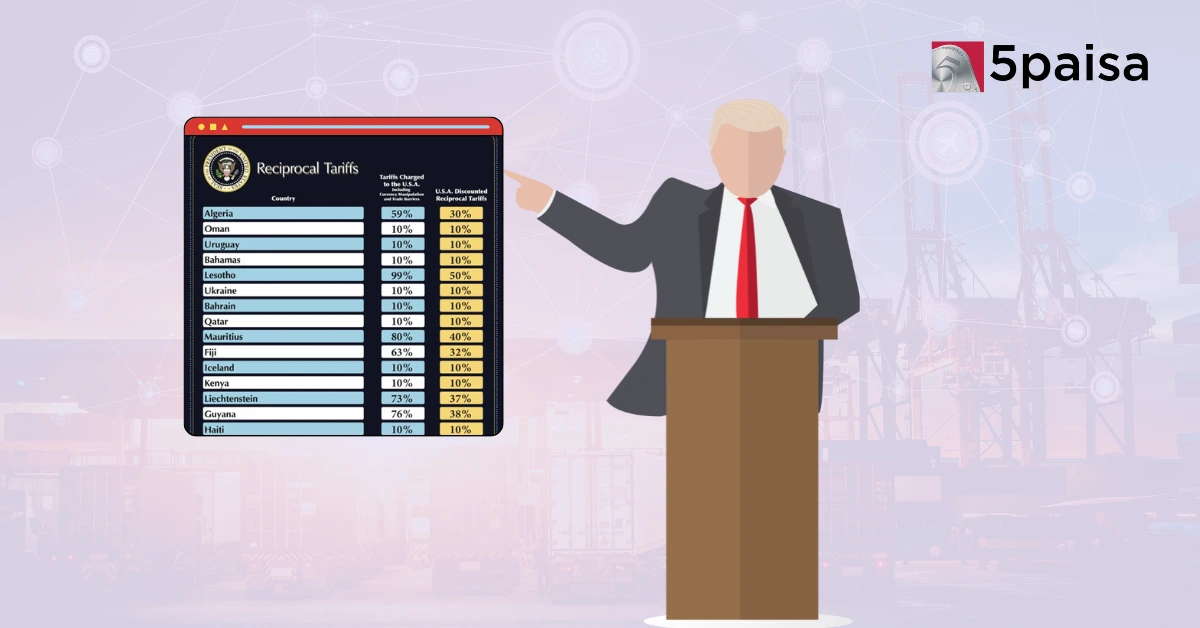Social Media Scams: SEBI Warns of Financial Scams on Social Media
How IDBI Bank turned the corner as govt, LIC sound privatisation bugle

Could the Indian banking industry be on the cusp of a transformative change? While that might be a far-fetched possibility for now, the government’s decision to finally go ahead and divest IDBI Bank could signal that it is finally ready, and willing, to get out of a slew of other banks it currently owns.
Late last week, the government finally kicked off the much-anticipated process for strategic disinvestment of IDBI Bank with the transfer of management control, by issuing a preliminary information memorandum to invite expressions of interest from prospective buyers.
In simple words, the Centre has invited bids from interested parties for the privatisation of the lender, with December 16 as the last date for the submission of the bids.
While the government will sell a 30.48% stake in IDBI Bank, the state-run insurance behemoth Life Insurance Corp of India (LIC) will offload 30.24%. In effect, therefore, the government and LIC will sell a majority 60.72% stake in the lender, along with management control.
The announcement pushed shares of IDBI Bank sharply higher on Monday. The shares jumped more than 10% in morning trade in a weak Mumbai market, but are still down from their one-year high.
At present, while LIC controls 49.24% of IDBI, the government itself owns 45.48%. The remaining 5.28% is with public shareholders. This effectively means that even after the stake sale, the government and LIC will continue to hold more than 30% in the bank, which was taken over by the insurer in 2019 in a rescue act that was mounted to avoid it from going under.
The turnaround
But all this notwithstanding, why would anyone want to buy a bank, which, till three years ago, was on the brink of collapse?
For one, as the government itself said in its preliminary information memorandum last week, since being taken over by LIC, IDBI Bank has staged a turnaround of sorts.
Consider this: in September 2018, IDBI Bank had a net non-performing asset (NNPA) ratio of 17%; by March 2021, the figure had come down to just 2%.
In March 2018, the lender had a capital adequacy ratio of 10.4; four years later, by March this year, the figure had risen to 19.1%.
To be sure, IDBI Bank achieved these impressive numbers mostly as it was aided generously by both the LIC and the government. In 2018-19, LIC infused Rs 21,624 crore into the bank and in September 2019 pumped another Rs 4,743 crore. Likewise, the government also helped the bank with Rs 4,557 crore of taxpayer money in September 2019. Three months later, in December 2019 the bank raised Rs 1,435 crore from qualified institutional investors.
In all, a new investor will be buying into a bank that manages assets of the order of Rs 3 lakh crore and has managed to turn a net loss of almost Rs 13,000 crore as of March 2020 into a net profit of over Rs 2,400 crore by March 2022.
The buyer would also get access to IDBI Bank’s network of 1,884 branches and 3,400 ATMs in India and one branch in Dubai.
Potential buyers
While the government may want to sell IDBI Bank, who might be interested in buying it?
If recent news reports are anything to go by, the government has been scouting for buyers, especially some top private equity players, mostly outside the country.
An August report by business news channel ET Now said that the government had reached out to global buyout funds and financial institutions like the Carlyle Group, TPG Capital and Fairfax Holdings, which is controlled by Indian-born Canadian billionaire Prem Watsa, to gauge interest among the global investor community for the acquisition of the stake on offer.
The report went on to say that the PE firms or other foreign investors may want to partner with some local strategic investors or could even look to form a consortium of their own to bid for IDBI Bank. And to facilitate this, the finance ministry has also reportedly sought an increase in the foreign direct investment limit for banks.
In fact, the Indian government has also reportedly been conducting roadshows outside the country—in the US, Europe and even the Middle East—to hard sell the stake sale.
While the foreign investment limit for government-owned banks currently stands at 20%, the cap for private sector banks is higher at 74%.
Interestingly, when it was hived off under the watch of LIC three years ago, IDBI Bank technically became a private sector lender, as the government’s direct ownership came down below the majority mark. It is a different matter though that LIC itself is majority government owned and, therefore, has to follow its diktat.
Watsa’s Fairfax has reportedly shown keen interest in acquiring a majority stake in IDBI Bank. There has also been talk of a potential merger between it and the much smaller CSB Bank that the NRI investor controls.
In fact, as a Moneycontrol report noted, IDBI Bank’s ownership can be a shot in the arm for Fairfax’s banking ambitions as the former is ten times the size of CSB Bank in terms of asset base.
But Watsa is a shrewd investor and is not coming without laying down some hard conditions and a lot of bargaining. As The Hindu Business Line reported, one of the important conditions laid down by Watsa was that once Fairfax acquires the government’s stake, it should take the promoters’ seat and should be guaranteed a free hand in the operations and management of the bank. Moreover, a merger is also likely as Fairfax cannot be the promoter of two banks.
Another condition put forward by Watsa, the report went on to say, is that LIC should remain invested in the bank for at least five years after the deal. In fact, eyeing a majority in IDBI Bank, Watsa, the report said, may acquire a part of shares held by LIC to take the total shareholding of Fairfax to 65-70 per cent in IDBI Bank.
The report said the government may have made up its mind to agree to get the bank off its back.
But none of this is a settled deal, yet.
As The Hindu Business Line further noted, while the government and LIC view the proposal from Watsa favourably, valuations are still under discussion and the RBI’s blessing will hold the key. Initially, the regulator was not in favour of a single shareholder acquiring a majority stake in IDBI Bank. But it could make an exception in this case.
And then there may be more to this sale. IDBI Bank’s divestment could open the gates for the government to hive other banks off. Over the past few years, it has been consolidating its banking portfolio by merging smaller public sector banks into bigger and more profitable peers like the State Bank of India, Union Bank of India, Bank of Baroda, Indian Bank and Canara Bank.
The government has in the past committed to the privatisation of two public sector banks and one insurance company. Whether that will really happen this year or the next, only time will tell. But if it does, the Indian banking landscape could look very different from how it does now in the next few years to come.
- Flat ₹20 Brokerage
- Next-gen Trading
- Advance Charting
- Actionable Ideas
Trending on 5paisa
01
 5paisa Research Team
5paisa Research Team
03
 5paisa Research Team
5paisa Research Team
Indian Stock Market Related Articles
Disclaimer: Investment in securities market are subject to market risks, read all the related documents carefully before investing. For detailed disclaimer please Click here.

 5paisa Research Team
5paisa Research Team




